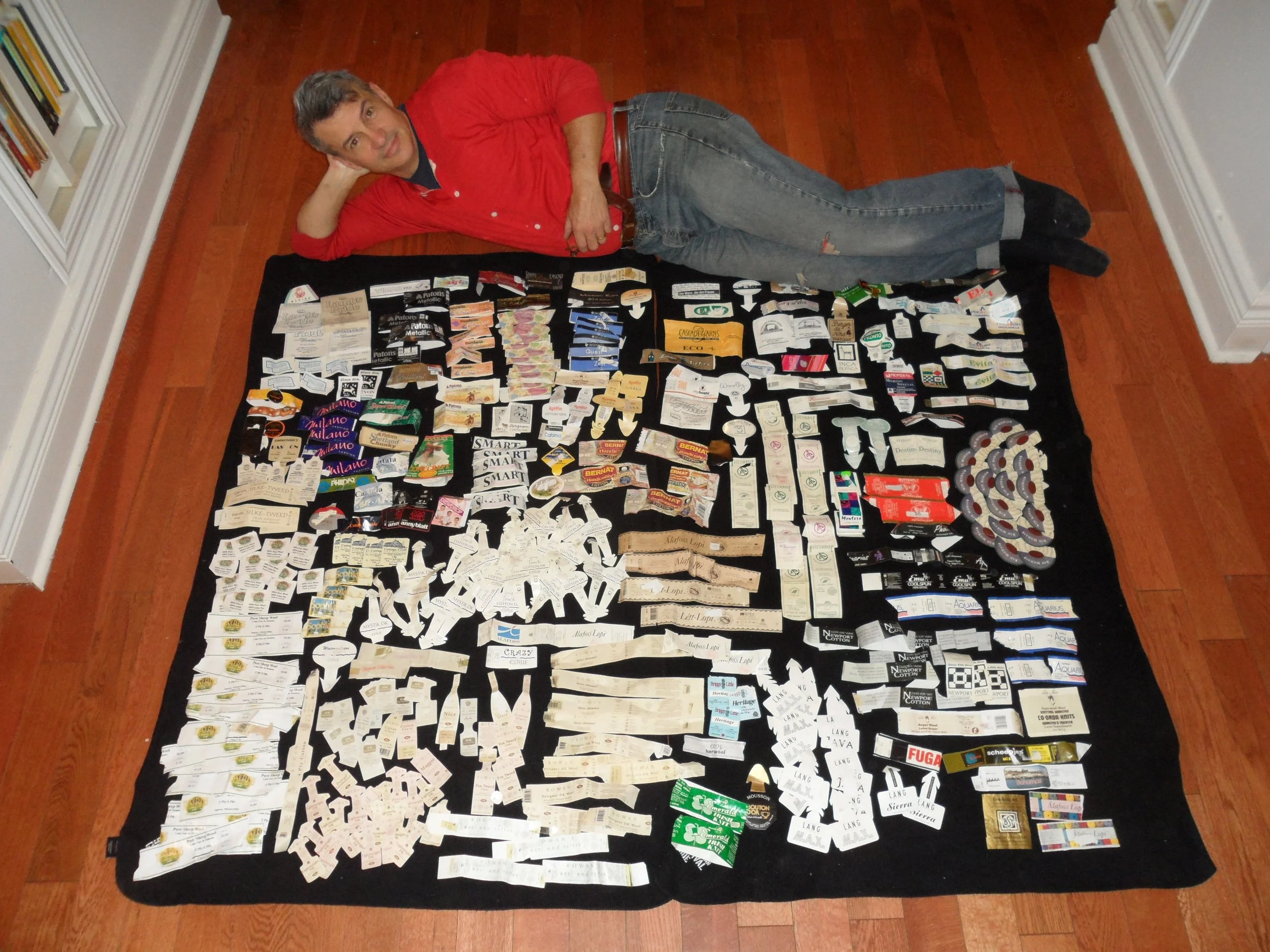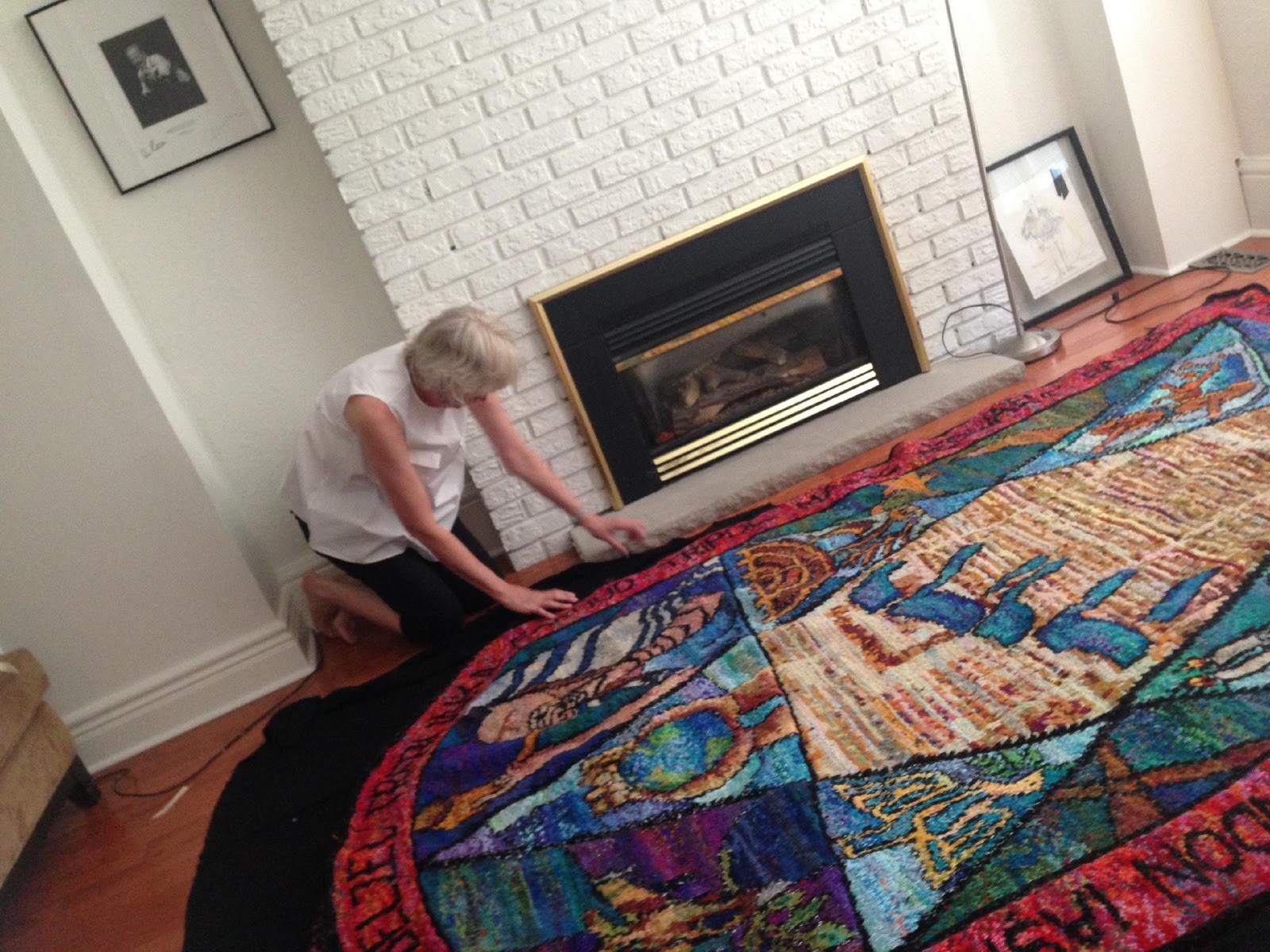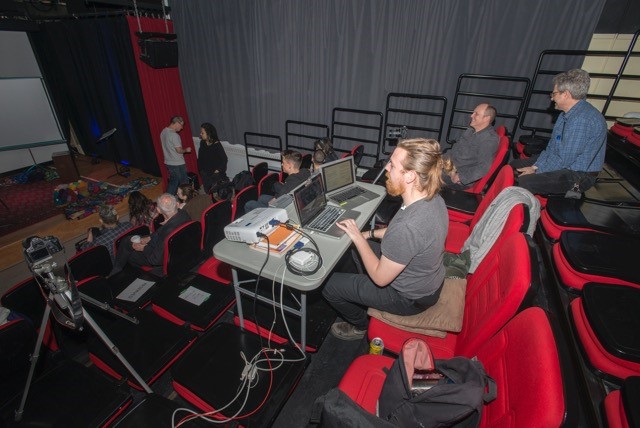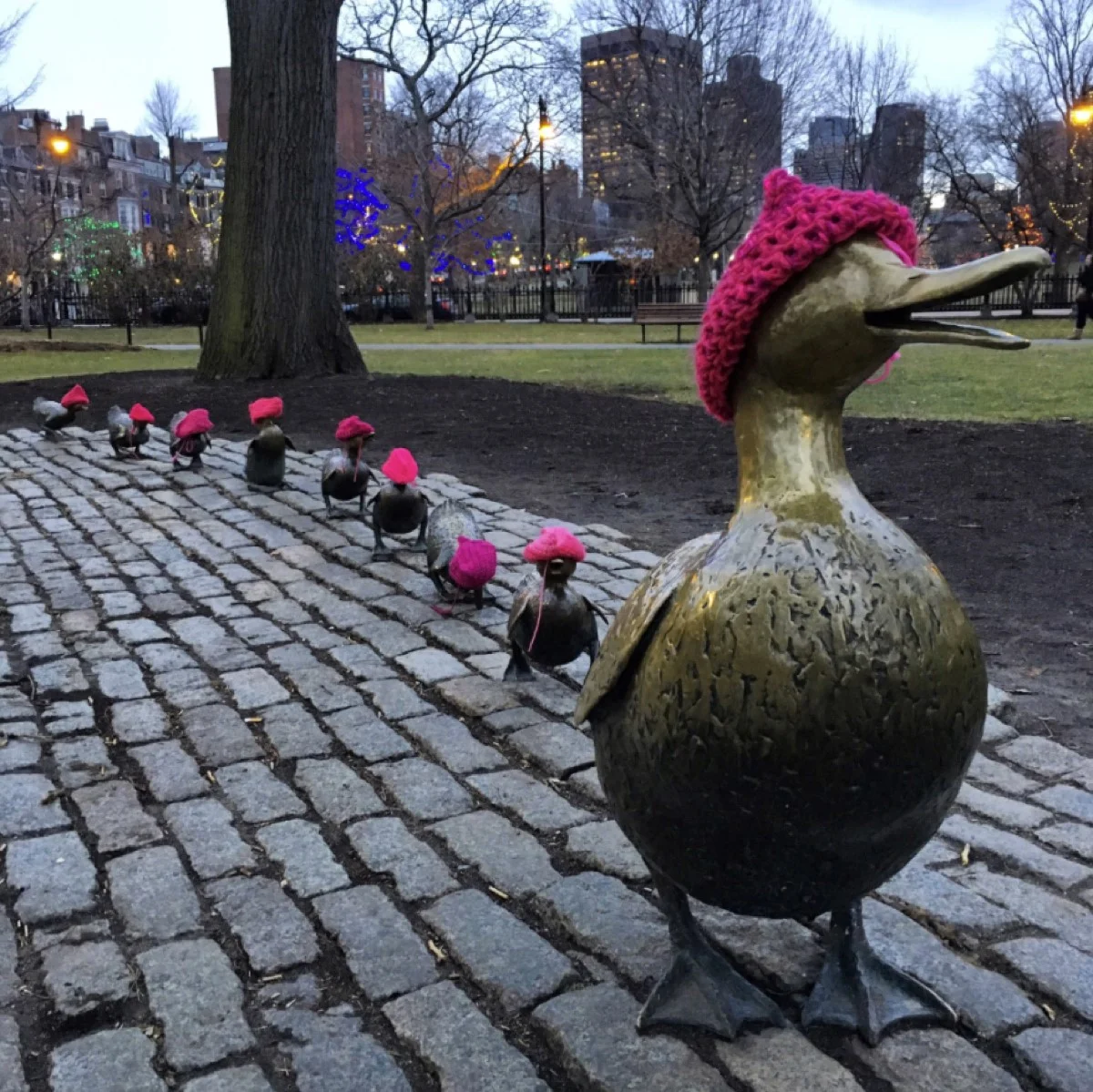Hello, friends,
It has been almost a month since my last blog — which just happened to coincide with the Hamas attack on Israel. So much has transpired in the world since then, and so much hateful rhetoric has been flung about that it is difficult to hear voices of reason and hope. There can be no doubt that the actions of Hamas were indefensible. While the occupation of Gaza may have been flawed, it in no way justifies the terrorism inflicted upon Israeli civilians. Similarly, while the Israeli campaign into Gaza may remove the threat of Hamas, it will result in terrible casualties among the innocent Palestinian population. The challenge for us all is not to allow one wrong to become the justification for another. And as with all such dilemmas, the answers are elusive, and we are left with the difficult questions.
In our recent tour of The Knitting Pilgrim to the Maritimes, where we did shows in Florenceville-Bristol (New Brunswick), and then in Liverpool, Antigonish and Cole Harbour (Nova Scotia), in the post-show audience chats I was invariably approached by audience members who spoke of their anxiety and concern over what is happening in the Middle East, and how it is affecting the rest of the globe. In each instance, they told me that the The Knitting Pilgrim was a beacon of hope, shedding light on the common ground we all share, and offering the possibility of a way forward together, in peace. We look forward to bringing that same message to our next shows in Muskoka on Nov 4th and 5th, 2023.
the knitting pilgrim talks
episode 107: the five hands of peace
We continue to release new episodes of The Knitting Pilgrim Talks, which explore the imagery of The Stitched Glass Tapestries in conversation with faith leaders.
KPT 107: The Five Hands of Peace
We continue to release new episodes of The Knitting Pilgrim Talks, which explore the imagery of The Stitched Glass Tapestries in conversation with faith leaders. In Episode 107, Imam Jamal Rahman explains to me that the word “Islam” literally means to surrender in peace. In the upper left section of the Islamic tapestry, inside the outline of the crescent moon, we can see five hands making the peace symbol, meeting at their extended fingertips. The five hands represent the five continents, and their five different skin tones represent all peoples. While Islam has its roots in 7th century Arabia, for Muslims it is a modern faith through which racial differences can be overcome.
“Islam literally means to surrender in peace. And if one reads the Qu’ran, the insight is that if one can surrender their attachment to the ego… one can bring a heart turned in devotion to God.” -- Imam Jamal Rahman
Episode 107 is available on Youtube here: KPT 107 The Five Hands of Peace
Or all of the podcast places, like KPT on Spotify , if you’d rather listen
episode 108: tikkun Olam
KPT 108: Tikkun Olam
In Episode 108 of The Knitting Pilgrim Talks, Avrum Rosensweig, founder of the charity Ve’ahafta (@ve'ahavta) (Hebrew for “you shall love”) speaks with @kirkdunn about the Judaic tradition of “Tikkun Olam” evoked by the section of the Judaic tapestry within the top centre point of the Star of David, which features an image of the globe cradled by a pair of hands. Avrum explains that while Tikkun Olam may not be mentioned specifically in the five books of Moses, it is fundamental to the Torah.
"God Says I am your God. And in order for you to come close to that, you need to do my mitzvot, my commandments. And many of them have to do with repairing the world." -Avrum Rosensweig
Episode 108 is available on Youtube here: KPT 108 Tikkun Olam
Or all of the podcast places, like KPT on Spotify , if you’d rather listen
























































